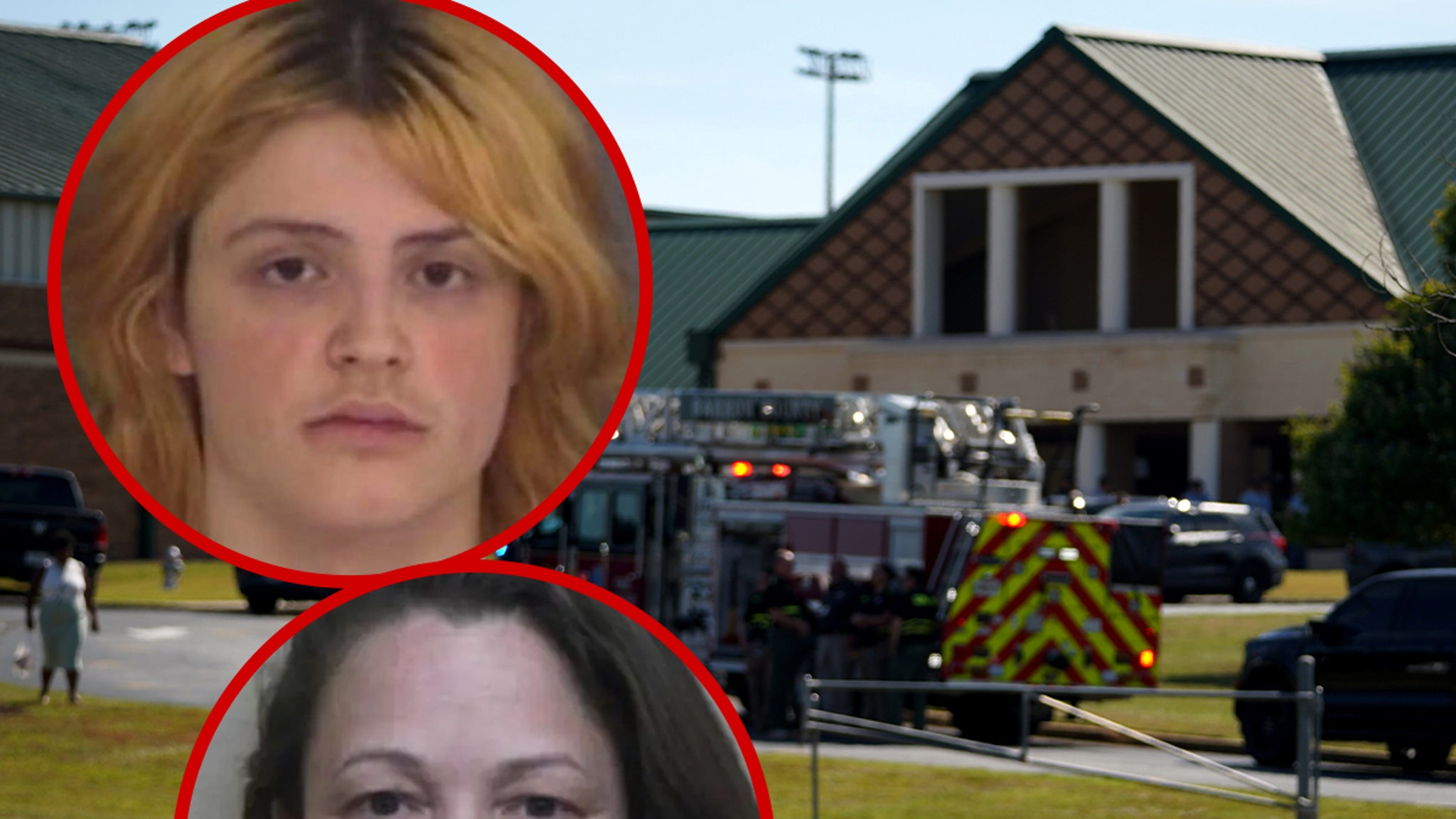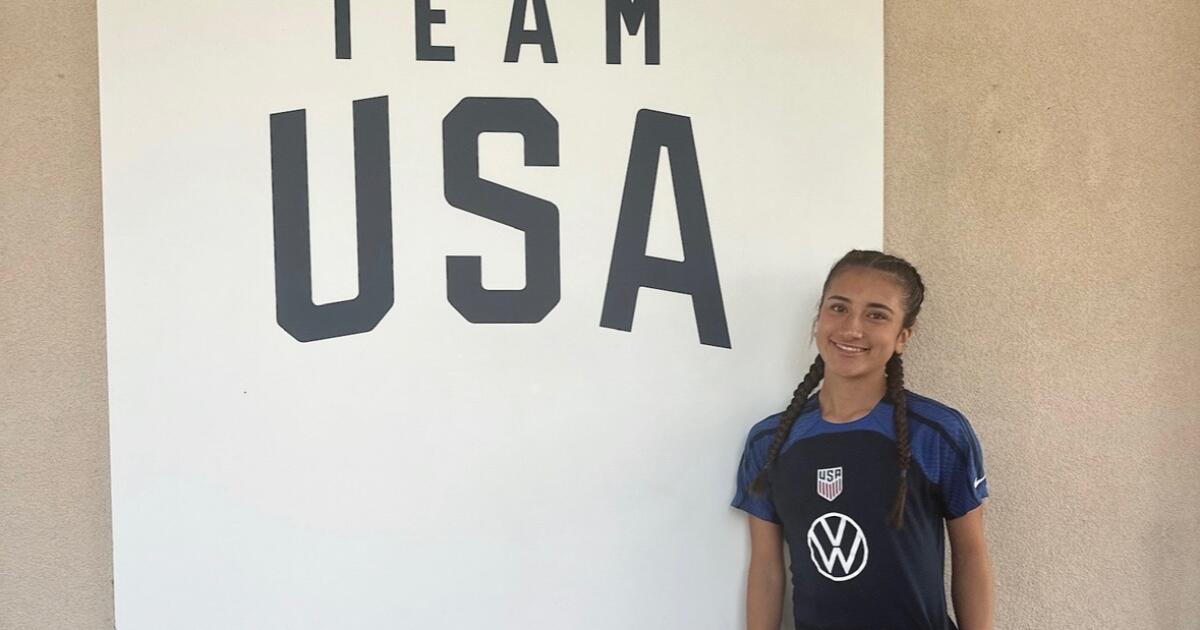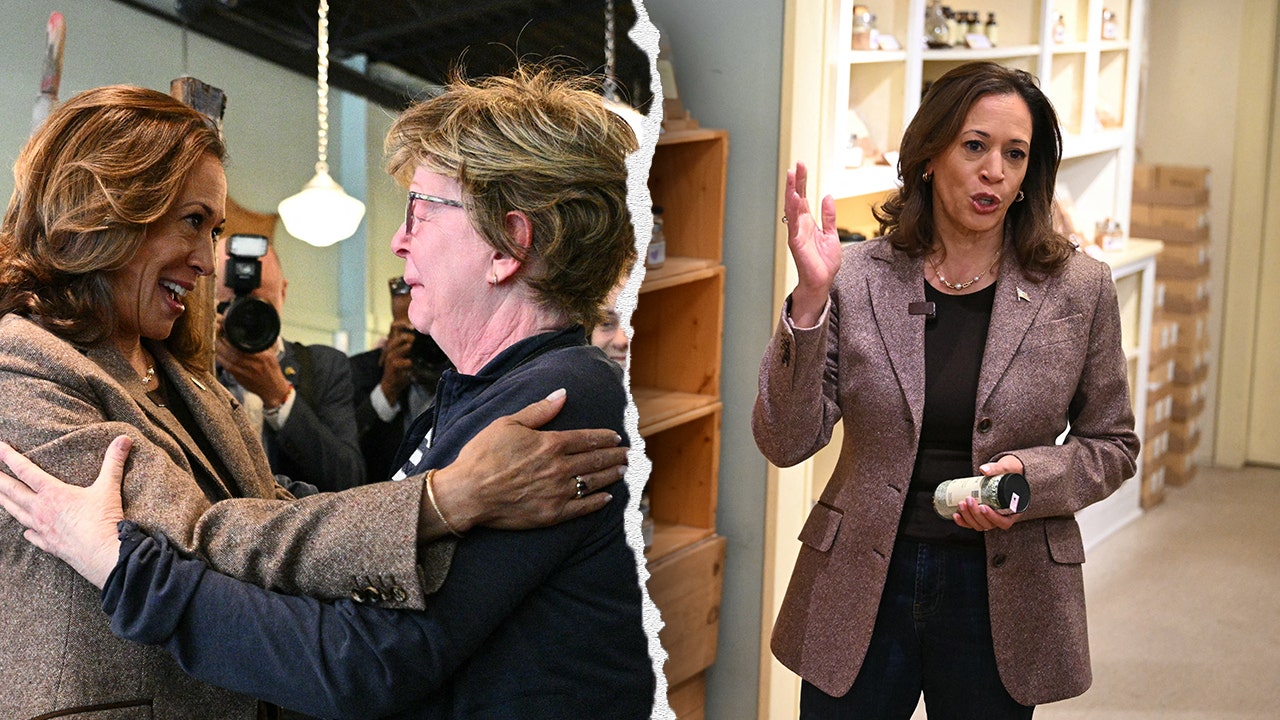For decades, Julie Hawkins Ennis never questioned her family story. The 55-year-old knew she was born and raised in Southern Maryland, just like her grandparents. Her family tree connects to St. Mary’s County’s earliest European settlers as well as the Native Americans who first occupied the land.
Maryland
Georgetown sold their ancestors. They just had a historic family reunion.

“All of us from Southern Maryland know that, growing up, we say: ‘No, we’re from here,’” Hawkins Ennis recalled. “And we say it with pride.”
But Hawkins Ennis’s confidence in her family’s history faltered in 2016, when it first became widely known that a group of 272 people enslaved by Maryland’s Jesuit priests were sold in 1838 to help save Georgetown University, which back then was a young college on the cusp of financial disaster. To settle the school’s debts, Maryland Jesuits sold the enslaved people to plantations in Louisiana while others remained behind.
Her ancestors, she would later learn, were among that group — and they had in fact been brought to Louisiana.
“My family was good at history, we used to hear all kinds of stories — we never heard once about Jesuits enslaving people and selling them,” Hawkins Ennis said. “And at the Catholic school that I went to, not once did we hear about Jesuits enslaving us.”
On Saturday, Hawkins Ennis was one of more than 150 descendants of the group sold by Jesuits — known as the GU272 — gathered at St. Mary’s College for what organizers said was a first-of-its-kind family reunion.
She’s a leading member of the Southern Maryland Descendant Gatherings Committee, which in April became one of the first beneficiaries of a reconciliation fund created by Georgetown University in response to a 2019 student referendum that called on the school to financially support descendant communities.
The committee will receive $400,000 this year for genealogical projects and efforts to build community among the GU272 descendants, including over Labor Day weekend, when hundreds of them were able visit their ancestors’ former plantation sites and other areas of importance in Maryland. Attendees mostly say they found one another, or learned about the effort, through Ancestry.com and social media.
“We have all been separated, and now we want to come back together,” said Henrietta Vines Pike, another member of the gathering committee. “We all have a strong sense of faith. And if you remember all the Catholicism that has gone into our lives, we have a strong sense of family too.”
Saturday’s event might as well have been one big family reunion. Attendees traveled to St. Mary’s County from as far away as Louisiana and New York. They wore matching T-shirts, embraced and shared laughs even when meeting in-person for the first time. On their name tags, GU272 descendants included surnames from the enslaved by Jesuits that appear in their own family tree — like Barnes, Yorkshire, Hawkins and Campbell — in hopes of finding new possible connections at the event.
They lovingly refer to their fellow descendants as “cousins” even if they do not share a common ancestor. And later in the day, they sat down for a classic reunion meal: fried chicken, with all the fixings.
“All I knew was Maryland, Virginia. That was the furthest south we went,” Bernadette Semple, 60, said. “But when I did [Ancestry.com], I started getting people from Louisiana. I was like, ‘Where is that coming from?’”
Semple’s story mirrors many others. The New York City native was told the majority of her life that her family’s roots were confined to the D.C. region. Now, her extended family seems to be growing by the day.
“I had no idea I had all these cousins,” she said with a smile.
Wenda Brown, 57, proudly shared Saturday that she’s a direct descendant of an enslaved man named Frank Campbell who was transported to Louisiana. She credits Ancestry.com for opening up a new window into her family’s past. But learning the truth, she said, was painful.
“Our history has ebbs and flows — it can be like barbed wire,” she added. “But it’s all part of who we are.”
Georgetown University professor Adam Rothman, the curator of Georgetown’s slavery archive, was present. He said that the university’s records contain material about those who were enslaved by the Maryland Jesuits — both those sent to Louisiana against their will and those who remained behind. Rothman said that the archives have been useful to descendants trying to explore their family’s history.
But he called the records “lopsided,” at best. Out of thousands of pages of material, Rothman said, Georgetown’s archives contain just one piece of paper written by someone who was enslaved by the Maryland Jesuits: a letter from a man named Thomas Brown, who was petitioning to purchase his own freedom. Rothman vowed to flesh out the historical record, and he hoped those in attendance could help tell what happened to the GU272 descendants.
“How do we fill the historical record with more complete truth?” Rothman asked. “The research you all have done to piece these things together, that’s how we tell the full truth of this history.”

Maryland
Maryland, D.C. and Virginia get more money for house calls for moms and infants – WTOP News

The U.S. Health Resources and Services Administration will provide an additional $23.1 million in federal aid to the agency’s national Home Visiting Program in the District, Maryland and Virginia.
More money is on the way for a home-visiting health care program designed to provide better care for pregnant women, new parents and infants.
The U.S. Health Resources and Services Administration (HRSA) announced an additional $23.1 million in federal aid to the agency’s national Home Visiting Program in the District, Maryland and Virginia.
The extra money is the first time in a decade that the program has received an increase in federal funds, HRSA administrator Carol Johnson said.
“What those resources mean is that we’re able to support nurses, social workers and trained home visitors, and help with those early days of being a new parent,” Johnson said. “All of this has been shown to really make a difference in kids’ outcomes. Kids are so much stronger because they get these kinds of supports.”
Johnson said the program’s success hinges on convenient health visits in a comfortable at-home setting.
“When you’re a new parent, if you have to take off from work and take a few buses to get to an appointment, you’re probably not going to do it,” she said. “But if that person comes to your house and they’re full of resources and knowledge, it’s going to make a huge difference to you.”
Rockville, Maryland-based HRSA spearheads the national program, teaming up with local health organizations to target and reach parents.
Home health care workers can provide breastfeeding support, safe sleep tips and developmental screening for babies. They can even help parents find key services like affordable child care or job and educational opportunities.
“It’s changed my life,” past program participant Fatima Ray said.
Ray said she was introduced to the program in 2015 when she needed help with her infant daughter. She and her husband were first-time parents and stumbled through the first few months with a newborn.
“It felt good, like I had someone on my team,” Ray said. “Those questions you forget to ask the doctor sometimes, she would answer them.”
The experience impressed Ray so much that she became a home health visitor. She is the maternal health coordinator at Primo Center, a homeless shelter for families in Chicago.
“The same care that was given to me, I just want to pass it on,” Ray told WTOP. “I know how much it made a difference in my life. Home visiting matters.”
President Joseph Biden signed bipartisan legislation in 2022 that doubles funding for the program over five years. The move was part of a campaign promise to lower risks linked to pregnancy and improve maternal health, especially among women in rural, tribal and low-income communities.
The national home visiting program will receive $440 million Maryland’s local programs will get $10 million of those funds. Virginia is slated to receive $11 million and D.C.’s home visiting programs will see a $2.5 million increase.
“This will push home visiting forward a lot more,” Ray said. “It’s just going to help tremendously.”
Get breaking news and daily headlines delivered to your email inbox by signing up here.
© 2024 WTOP. All Rights Reserved. This website is not intended for users located within the European Economic Area.
Maryland
Watch Aidan Chiles, Nick Marsh talk MSU win over Maryland

Michigan State won a big time road game over Maryland, improving their record to 2-0, and giving head coach Jonathan Smith his first Big Ten conference victory as the head man of the Spartans.
A big part of that win was the connection between Aidan Chiles and Nick Marsh, and more specifically their 77-yard touchdown connection tying the game 24-24 late in the fourth quarter.
Chiles and Marsh spoke to the media after the team’s win, which you can watch via Spartan Mag on YouTube:
Contact/Follow us @The SpartansWire on X and like our page on Facebook to follow ongoing coverage of Michigan State news, notes and opinion. You can also follow Cory Linsner on X @Cory_Linsner
Maryland
16-year-old arrested after 15-year-old fatally shot in Maryland high school bathroom
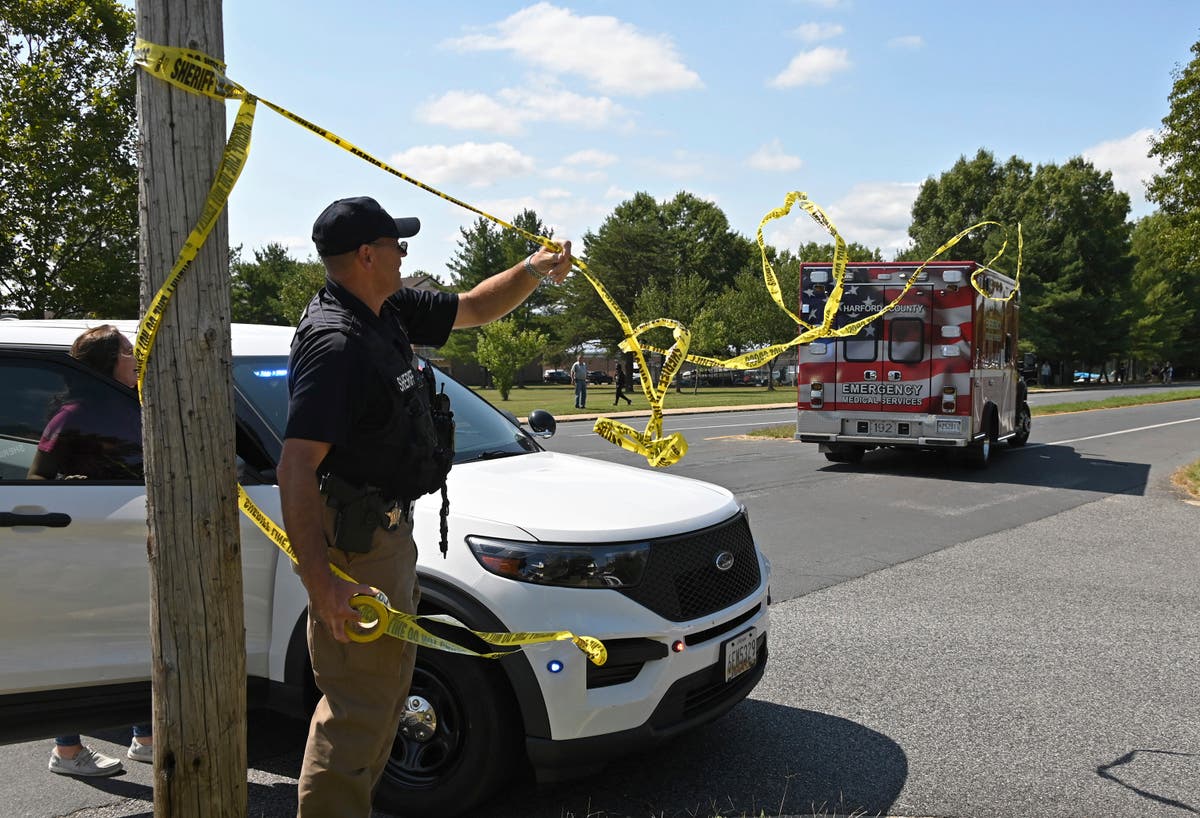
A 16-year-old student at a high school in Maryland has been detained after he allegedly shot and killed a 15-year-old student in one of the school’s bathrooms.
The name of the suspect has yet to be released. The victim, Warren Curtis Grant, died following the shooting at Joppatowne High School. Harford County Sheriff Jeff Gahler made the announcement at a press briefing.
The suspect fled the scene but was detained close by just minutes later.
“He has yet to be charged but will be charged, and at the time those charges are preferred as an adult, we will release the name of the suspect,” Gahler told the press, according to The Guardian.
The sheriff added that his office has handled more than 10 cases in the last two years “where the suspect was either the victim, witness or the suspect in an incident handled by the Harford county sheriff’s office.”
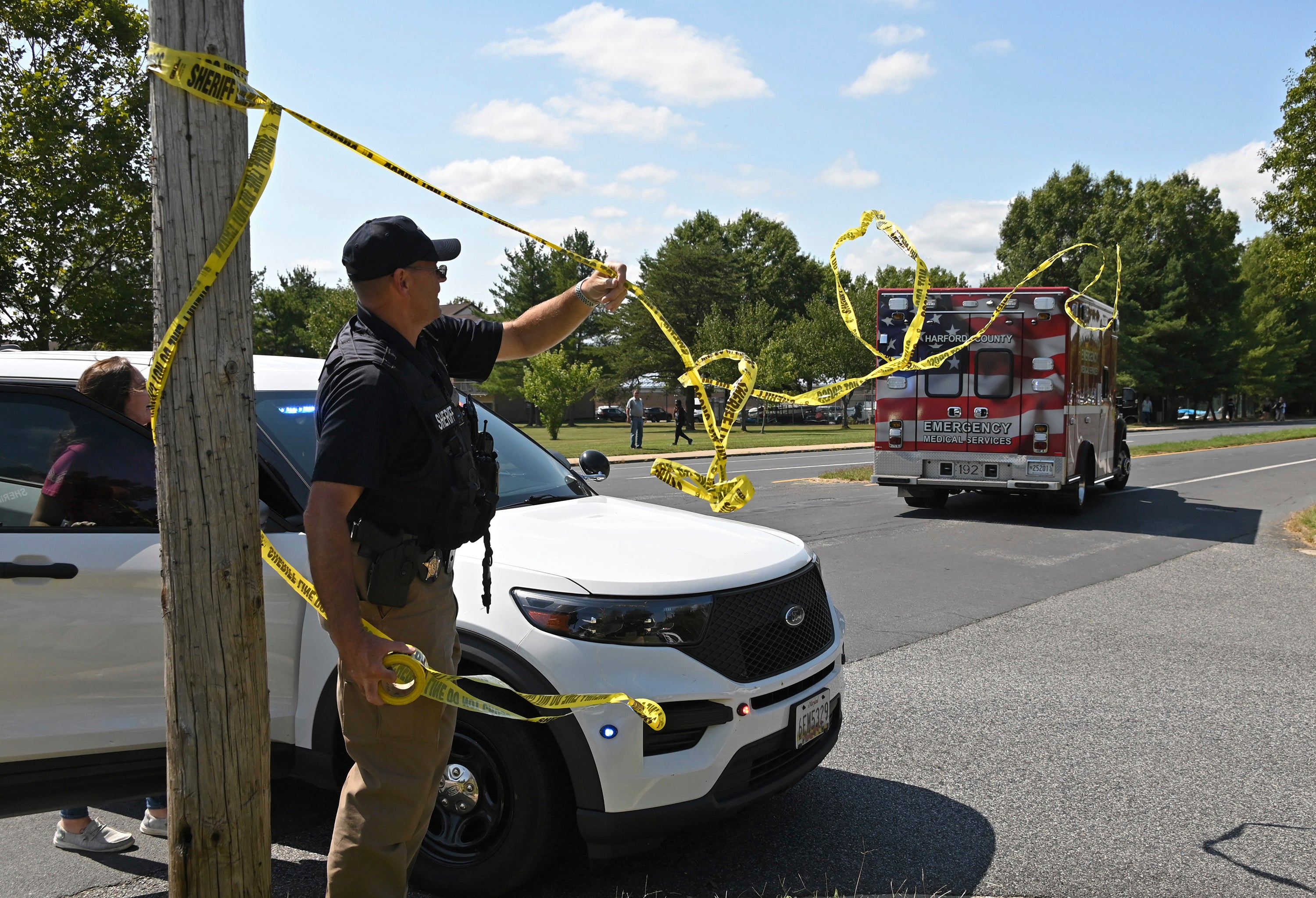
While the sheriff’s office told the public to avoid the area after the shooting, it said that it was an “isolated incident, not an active shooter.”
An “active shooter” situation refers to when a suspect is firing against everyone they see rather than targeting a particular person.
An area church was used as a reunification center for students and their parents. The school is located about 20 miles northeast of Baltimore.
Gahler noted that more than 100 law enforcement officials responded to the scene.
The fight at Joppatowne High School took place just two days after the shooting at a high school outside Atlanta, Georgia where a 14-year-old shot and killed four people.
-

 Politics1 week ago
Politics1 week agoTrump impersonates Elon Musk talking about rockets: ‘I’m doing a new stainless steel hub’
-

 World1 week ago
World1 week agoBrussels, my love? Is France becoming the sick man of Europe?
-

 Politics1 week ago
Politics1 week agoTrump campaign slams Harris as 'still a San Francisco radical' after CNN interview
-

 Politics1 week ago
Politics1 week agoHarris says no regrets about defending Biden fitness for office
-
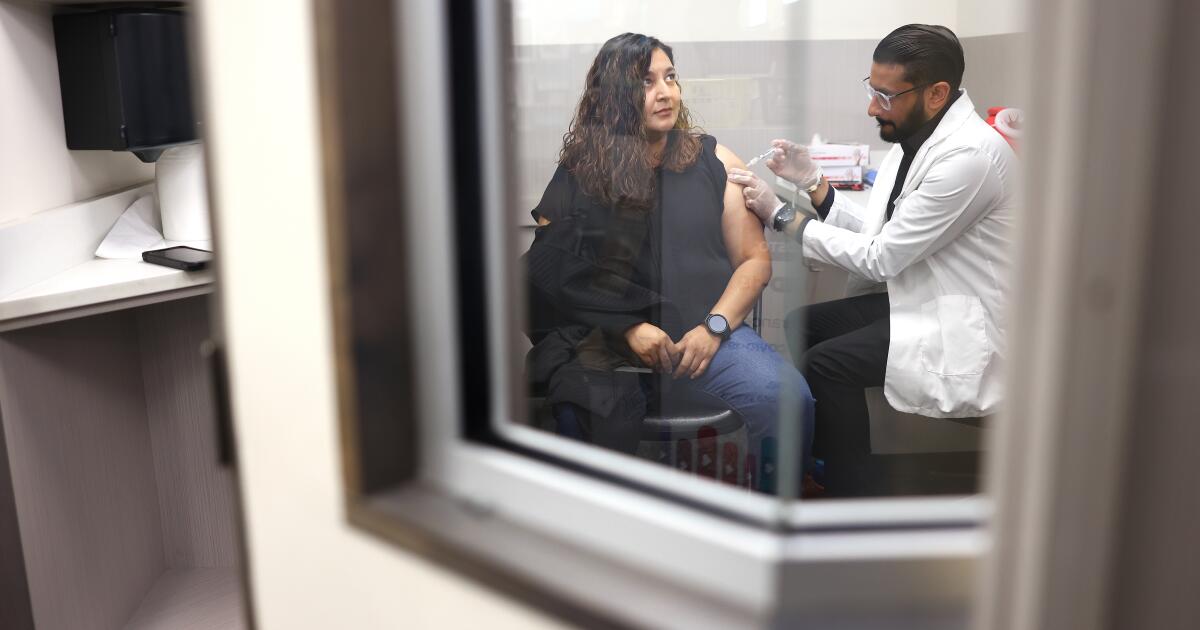
 Science1 week ago
Science1 week agoThe new COVID vaccine is here. Why these are the best times to get immunized
-

 World1 week ago
World1 week agoEU rejects 'democratic legitimacy' of Venezuela's Maduro
-
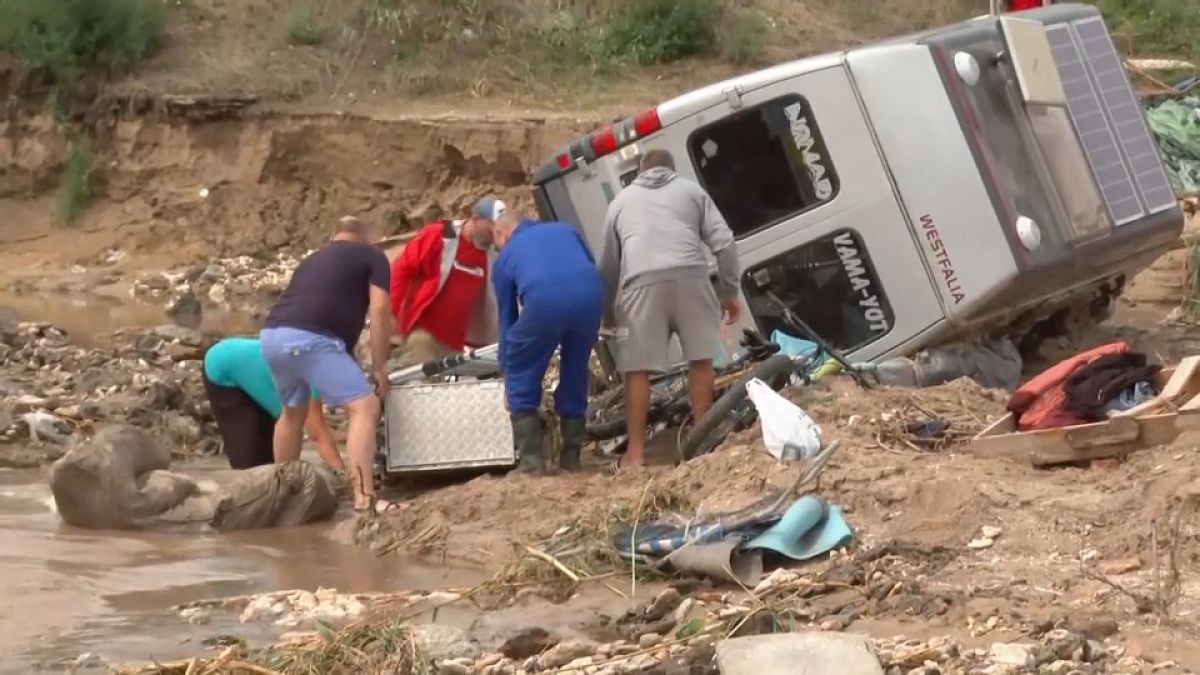
 World1 week ago
World1 week agoLocals survey damage after flooding in eastern Romania
-

 World1 week ago
World1 week agoWhy is Belgium struggling to name a European Commissioner?

